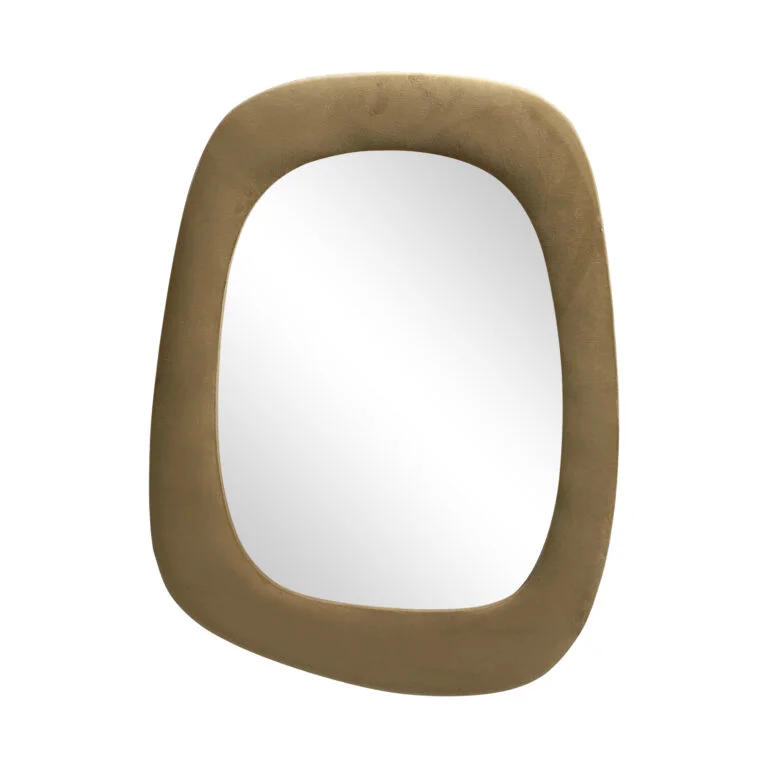large wall mirror
The Eye of Time: The Functional Revolution and Spatial Poetics of Wall Mirrors
Functional Evolution: From Tool to Spatial Organ
Optical Innovation
Modern wall mirrors have transcended the limitations of traditional reflection. Special coating technology eliminates 99% of glare, allowing natural light to spread through a room like silk². A nano-level anti-fog layer ensures bathroom mirrors remain crystal clear even in steam, with durability exceeding that of ordinary mirrors by three times or more in the scorching climates of the Middle East.
Spatial Reconstruction
In a case study of a London designer apartment, a 4-meter-high full-wall mirror visually transformed an 18-square-meter cramped space into a duplex loft. The mirror’s 30-degree tilt at the base allows seated users to fully perceive spatial dynamics—a technique derived from the spatial optimization practices of professional dance studios².
Cultural Resonance: Mirrors as Civilizational Symbols
Europe
In Paris’s Left Bank galleries, wall mirrors serve as “dynamic frames.” When viewers gaze into the reflective surface, classical stucco carvings and contemporary artworks fold together across time and space. Curators have dubbed this “the most affordable Baroque revival technique.”
Middle East
In the renovation of a traditional Dubai residence, geometric lattice mirror frames replaced some Mashrabiya window screens, preserving Islamic pattern aesthetics while increasing indoor lighting efficiency by 40%. The architect noted, “The mirror has taken on part of the religious function of high windows—transforming external scrutiny into inward reflection.”
Technological Tipping Point: The Mirror Revolution Has Arrived
Eco-Mirroring
A German laboratory recently introduced renewable glass substrates, reducing the carbon footprint per square meter of mirror surface by 62% compared to traditional methods. The surface coating, derived from olive oil extract, produces a distinctive amber sheen in Middle Eastern desert environments.
Generally speaking, our order requirements are as follows: the minimum order quantity (MOQ) for large items is 50 pieces, for regular items it is 100 pieces, for small items it is 500 pieces, and for very small items (such as ceramic decorations) the MOQ is 1,000 pieces. Orders exceeding $100,000 will receive a 5% discount. The delivery timeline is determined based on the specific order quantity and production schedule. Typically, we are able to complete delivery within two months.
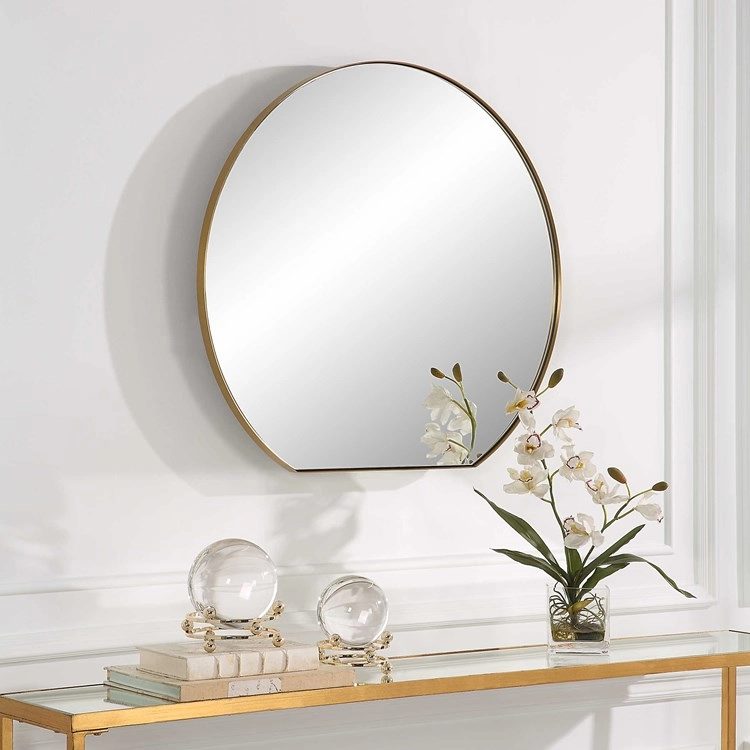
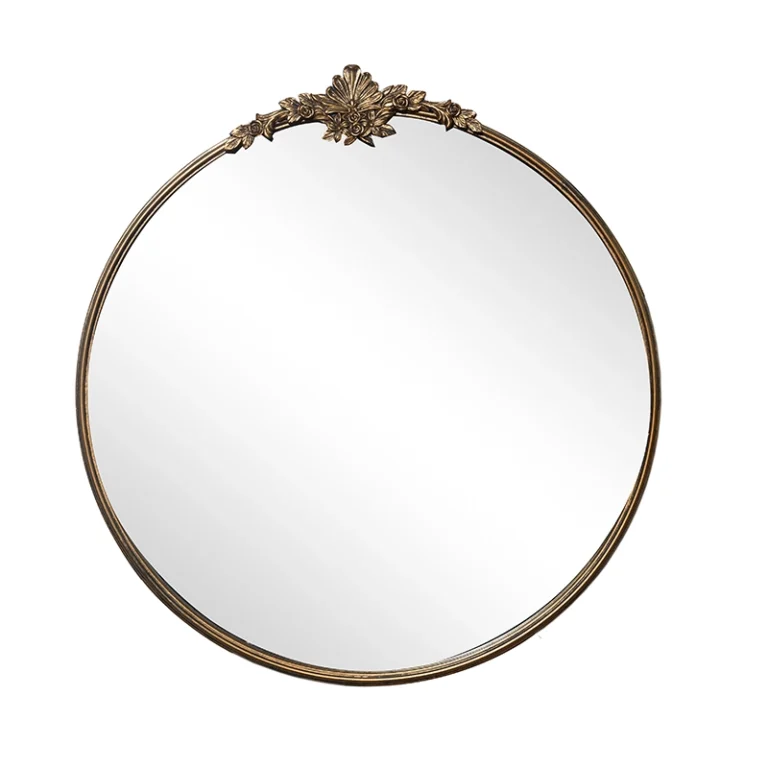
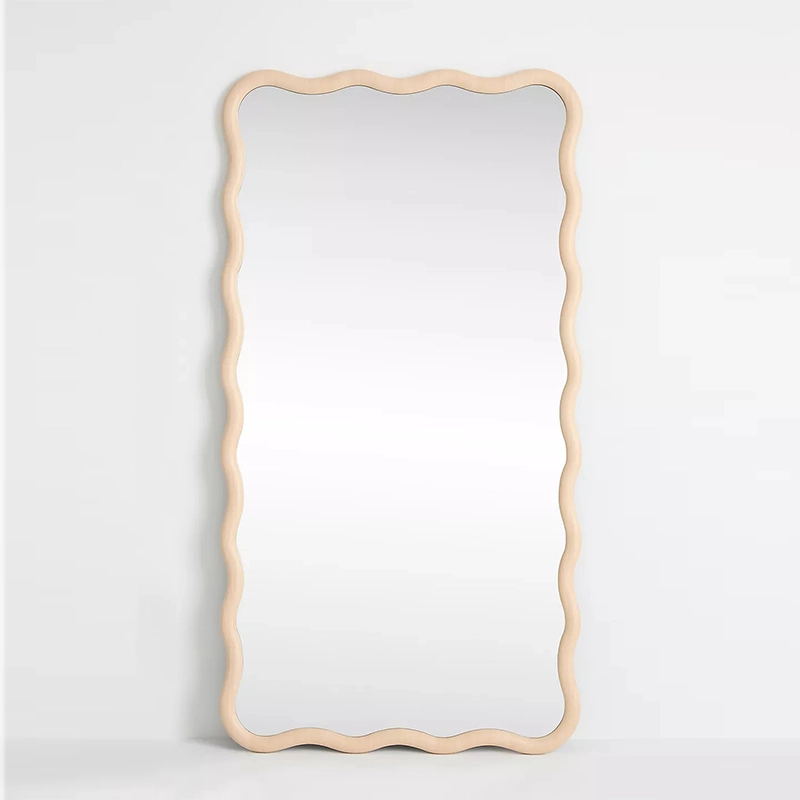
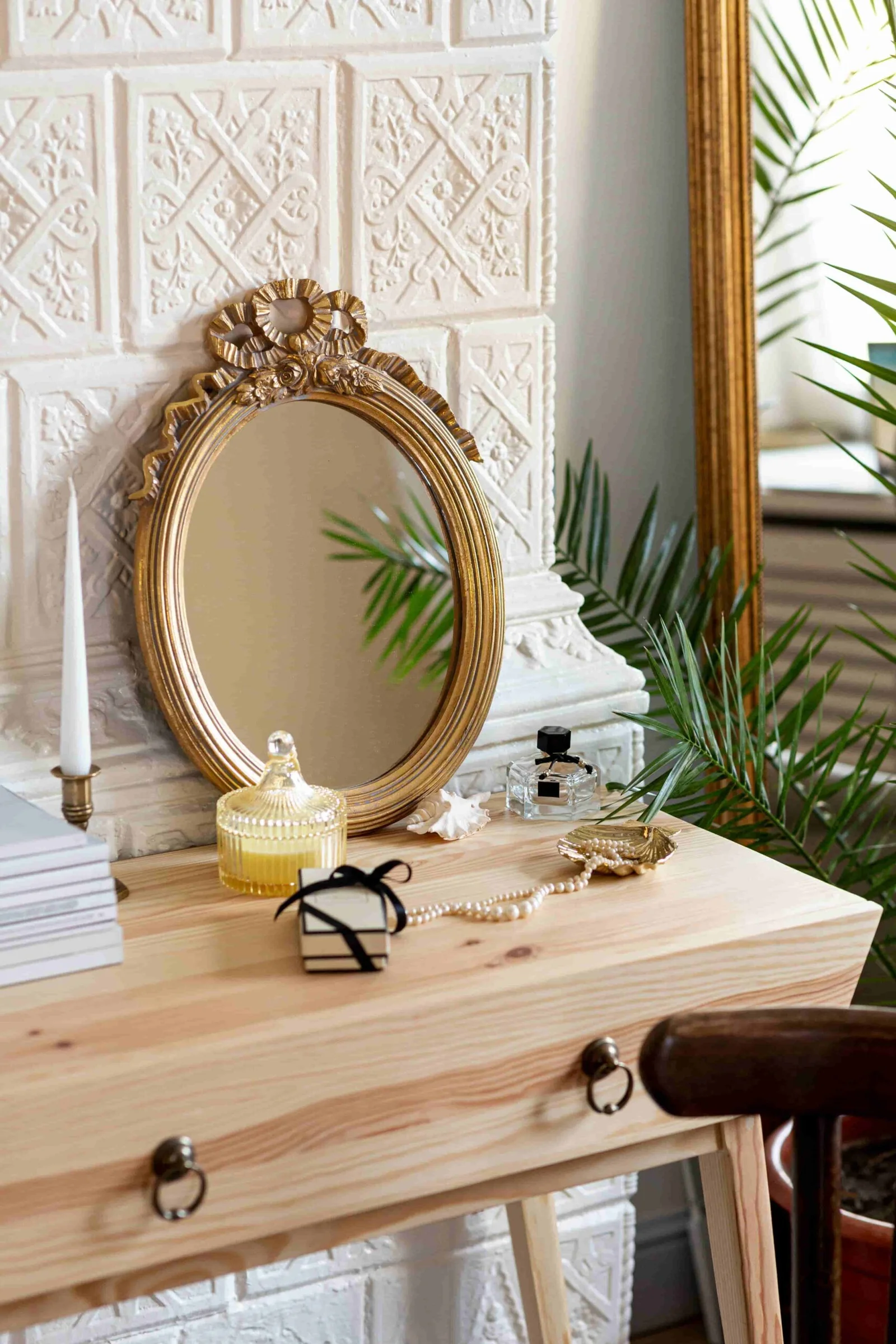

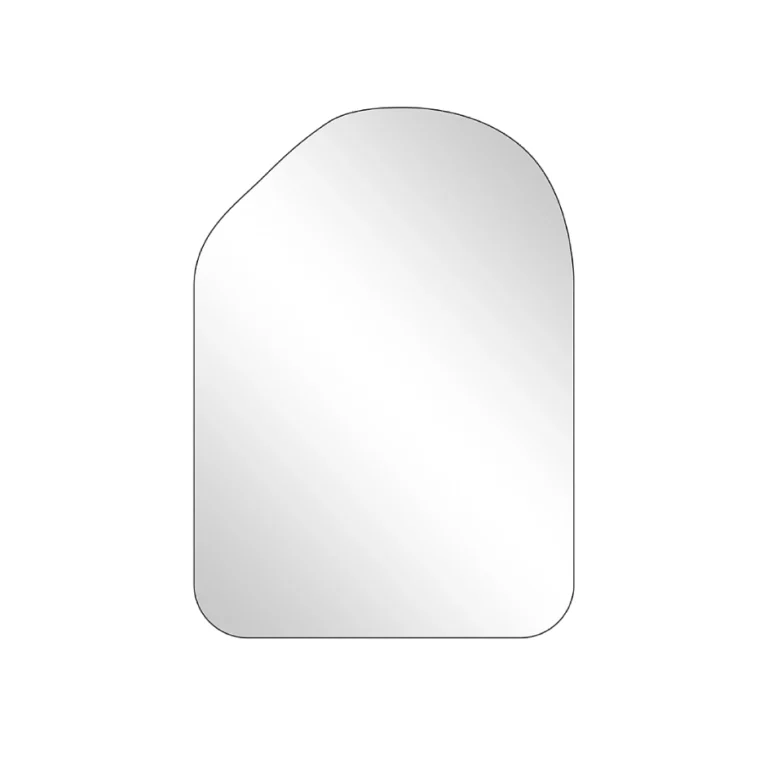

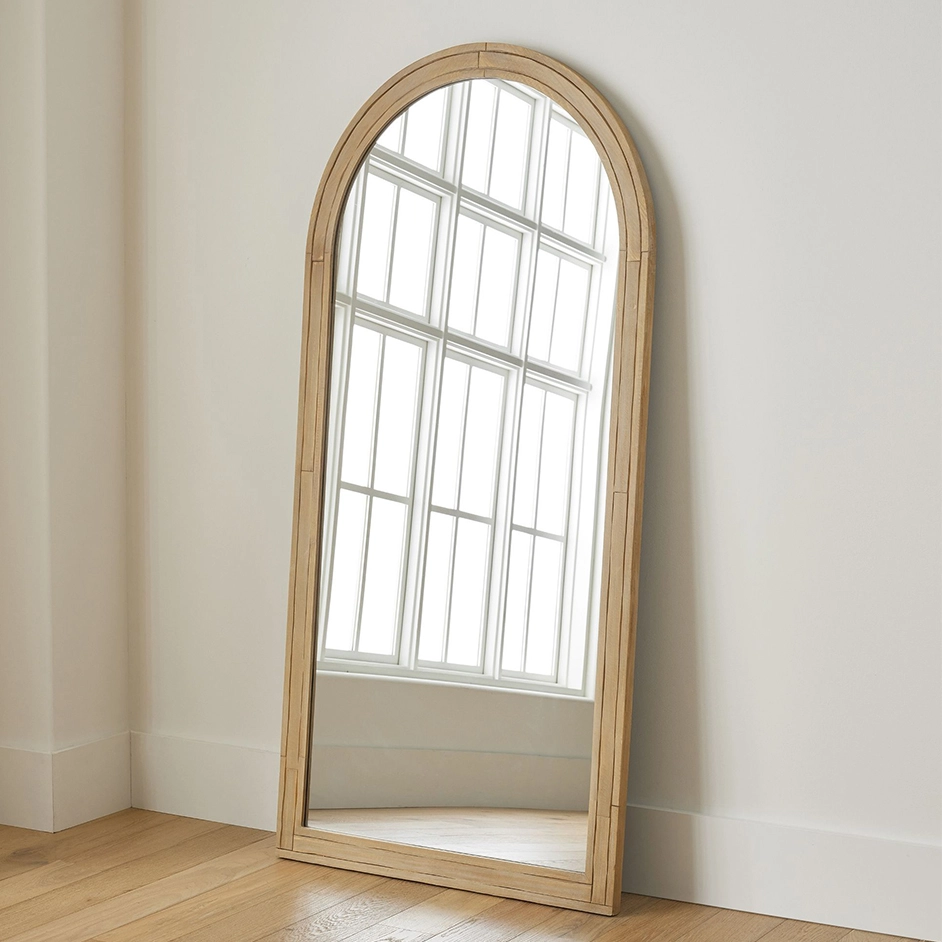
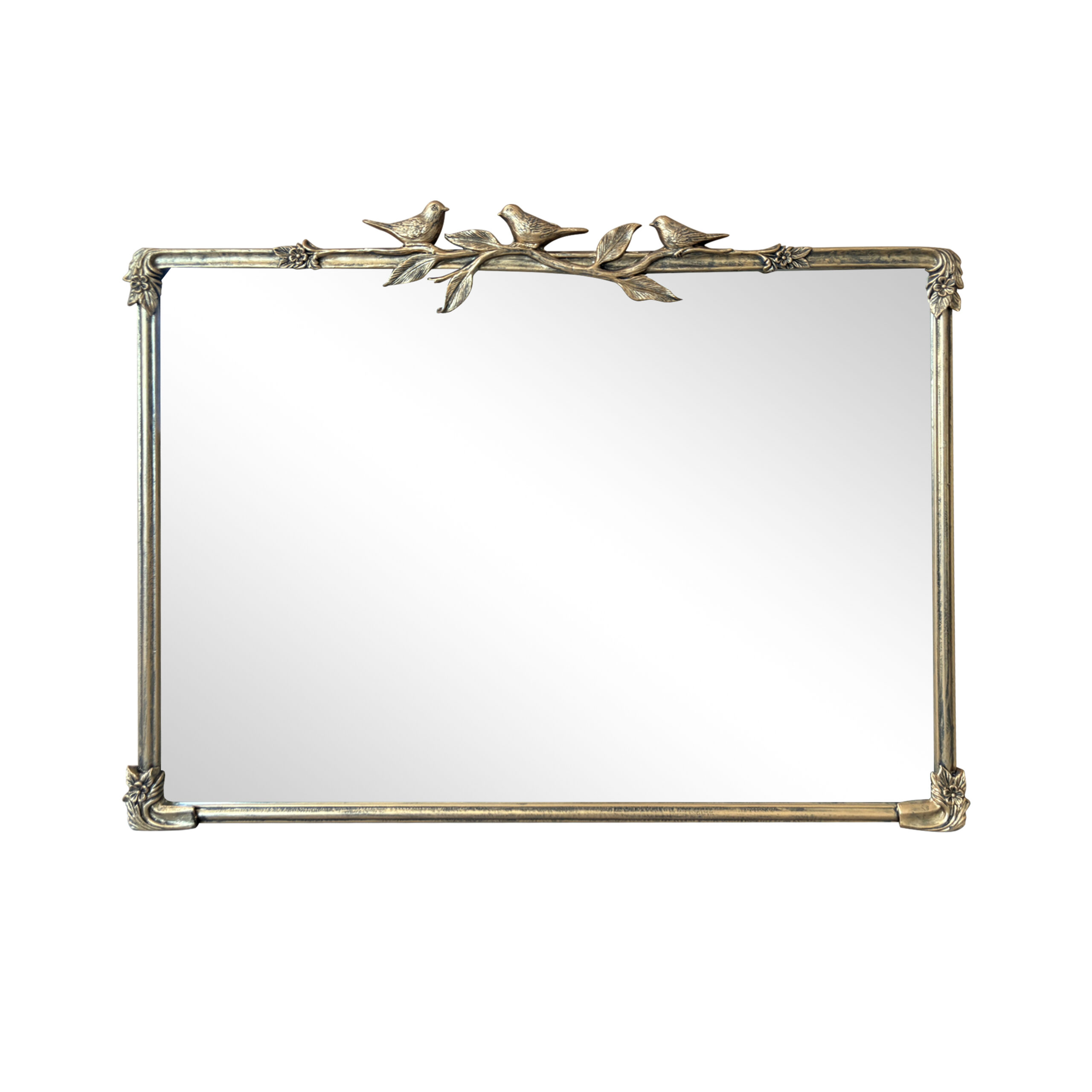
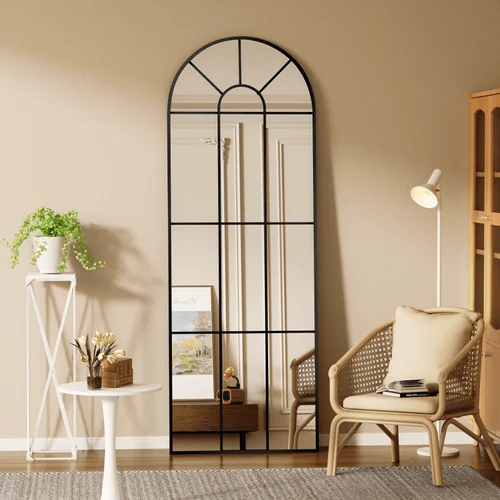


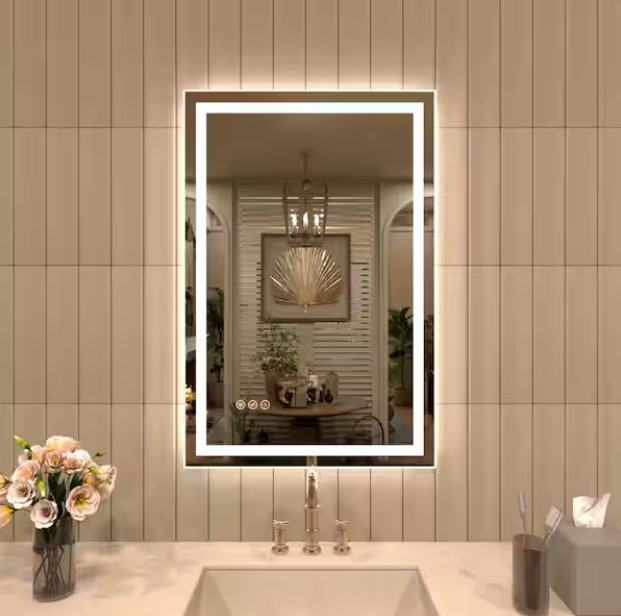
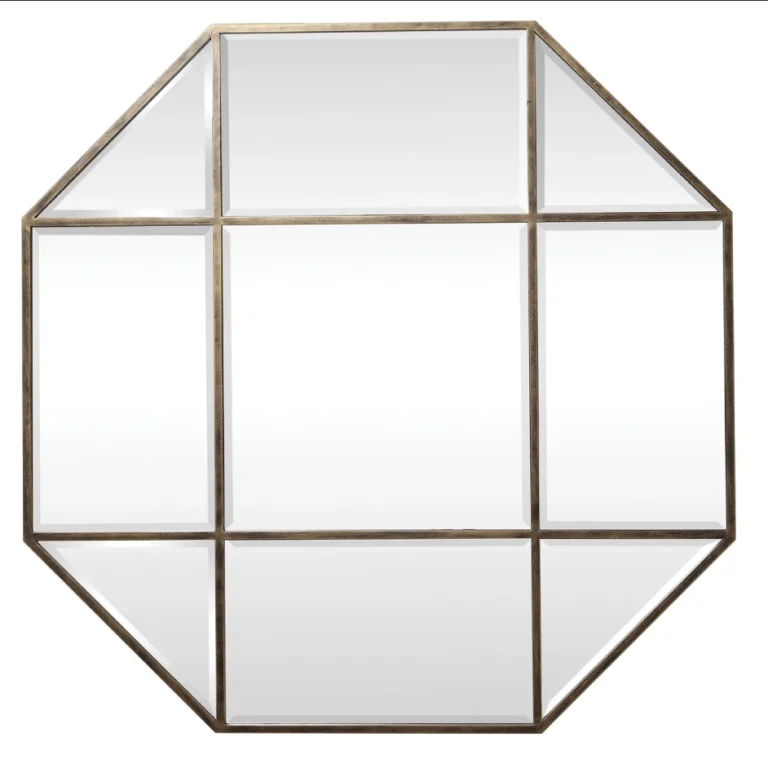

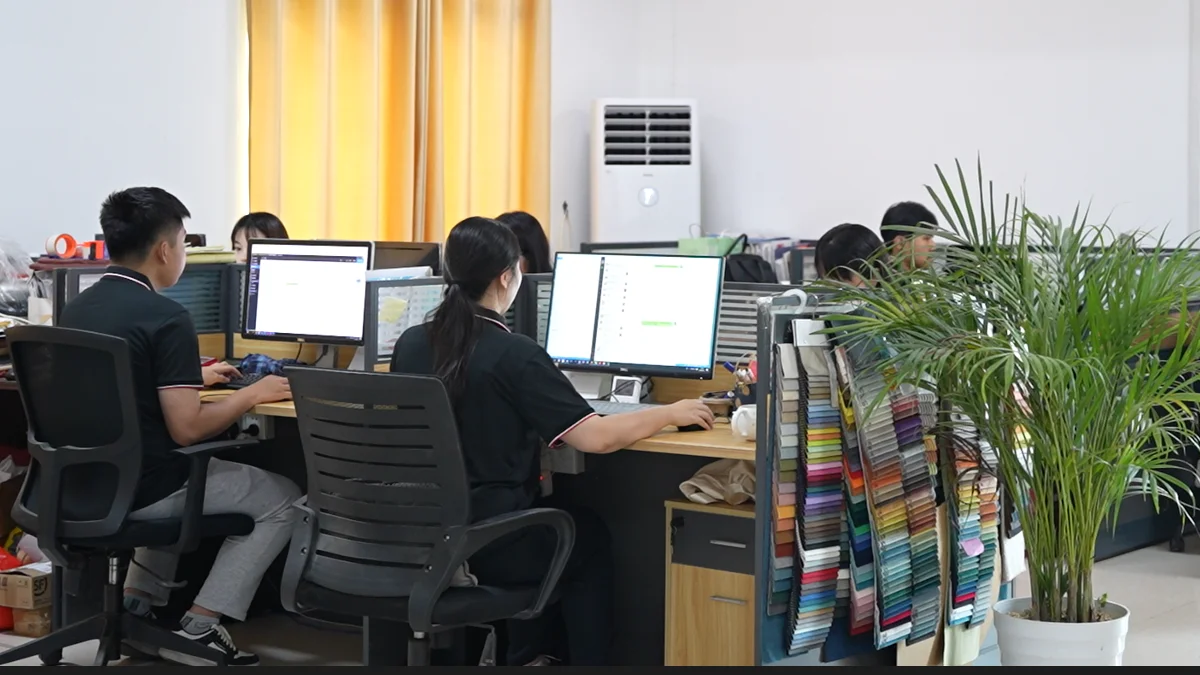
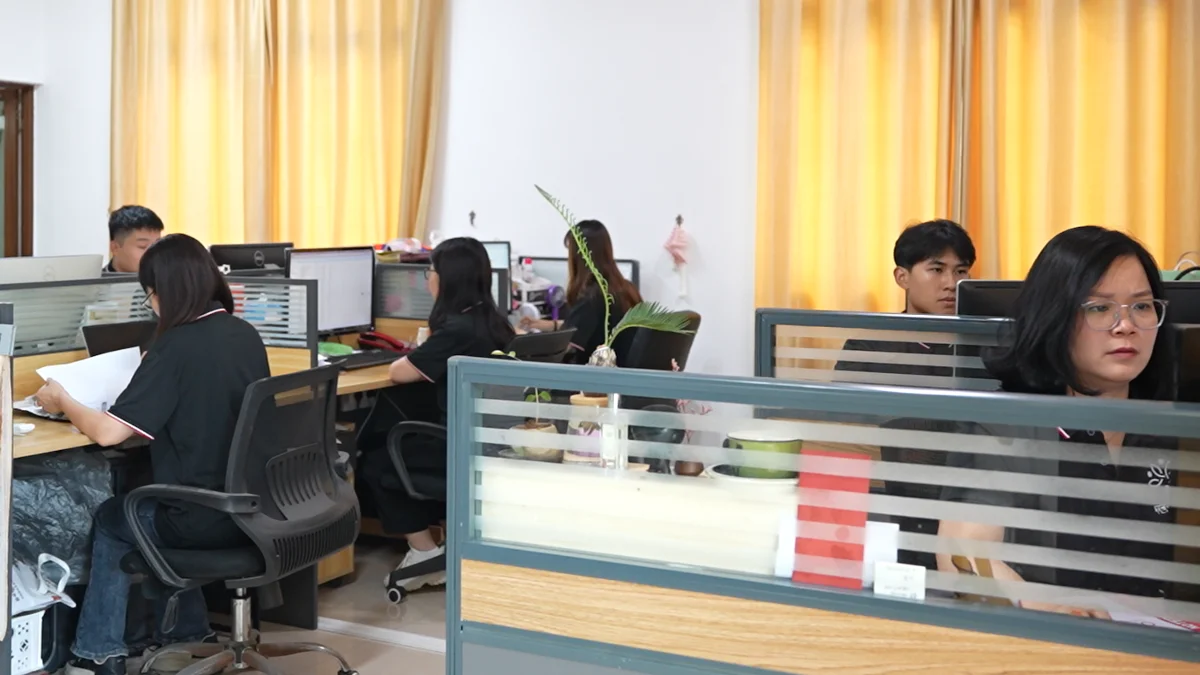
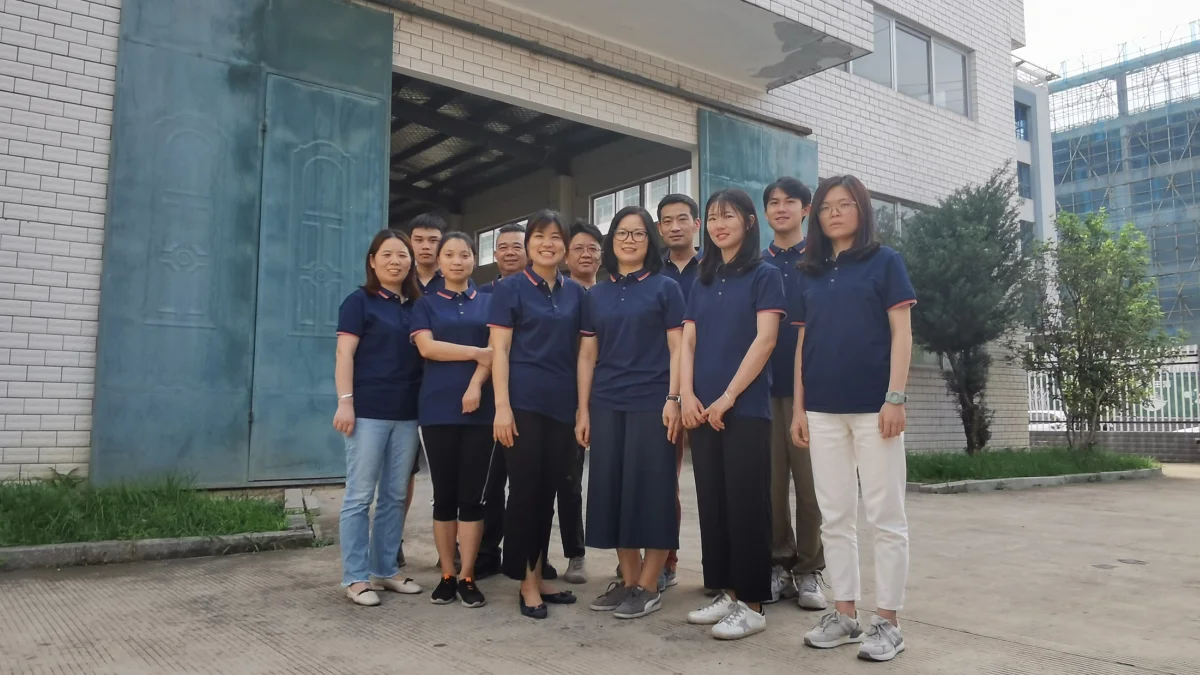
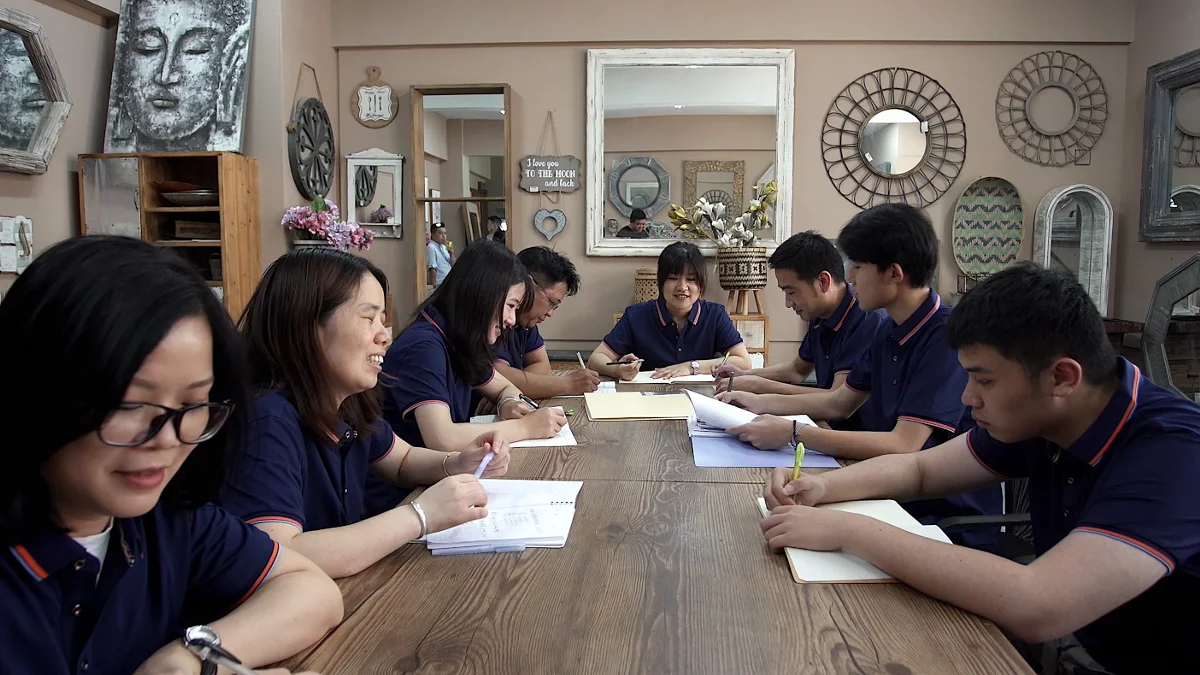
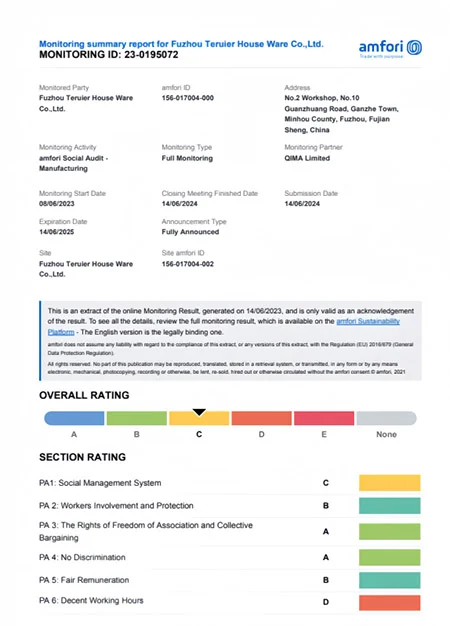
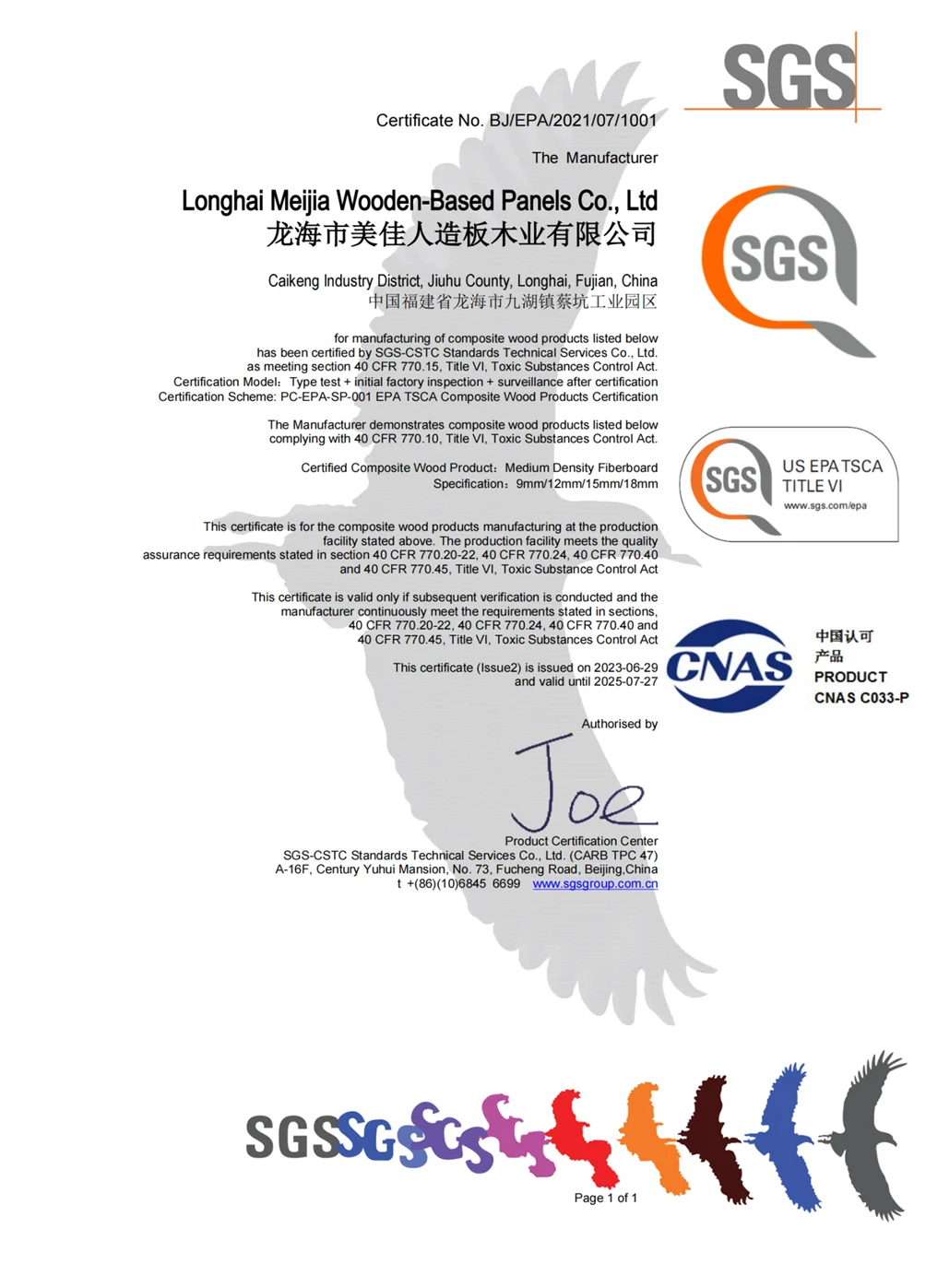

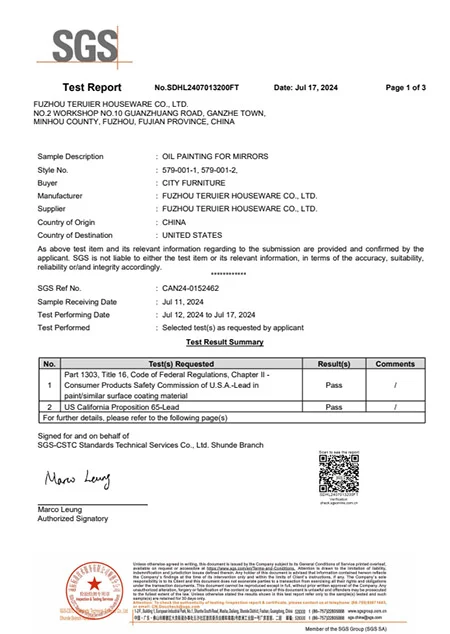
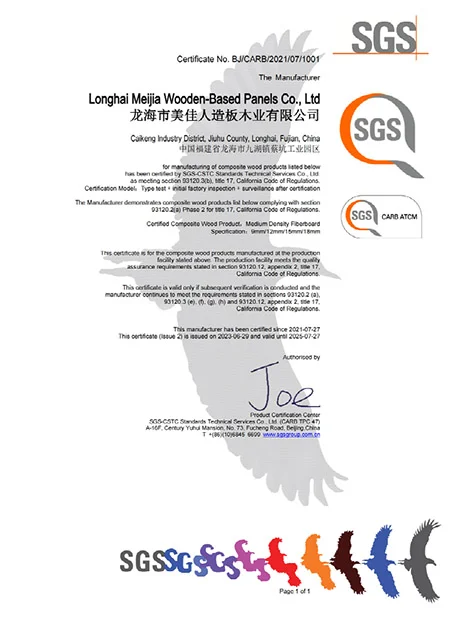
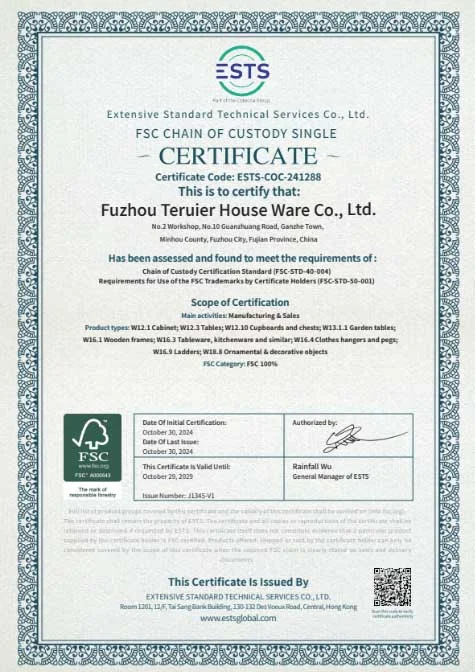
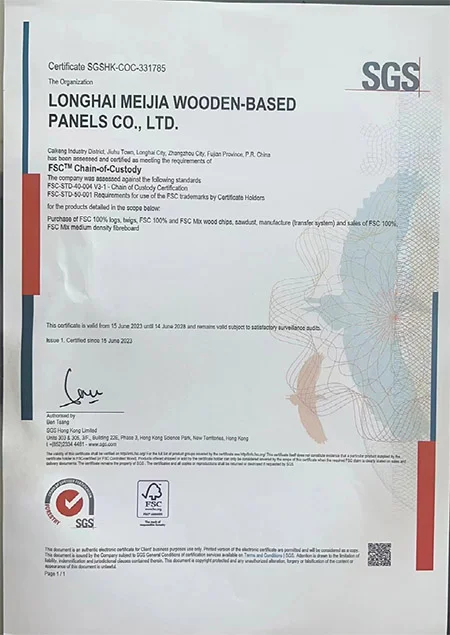
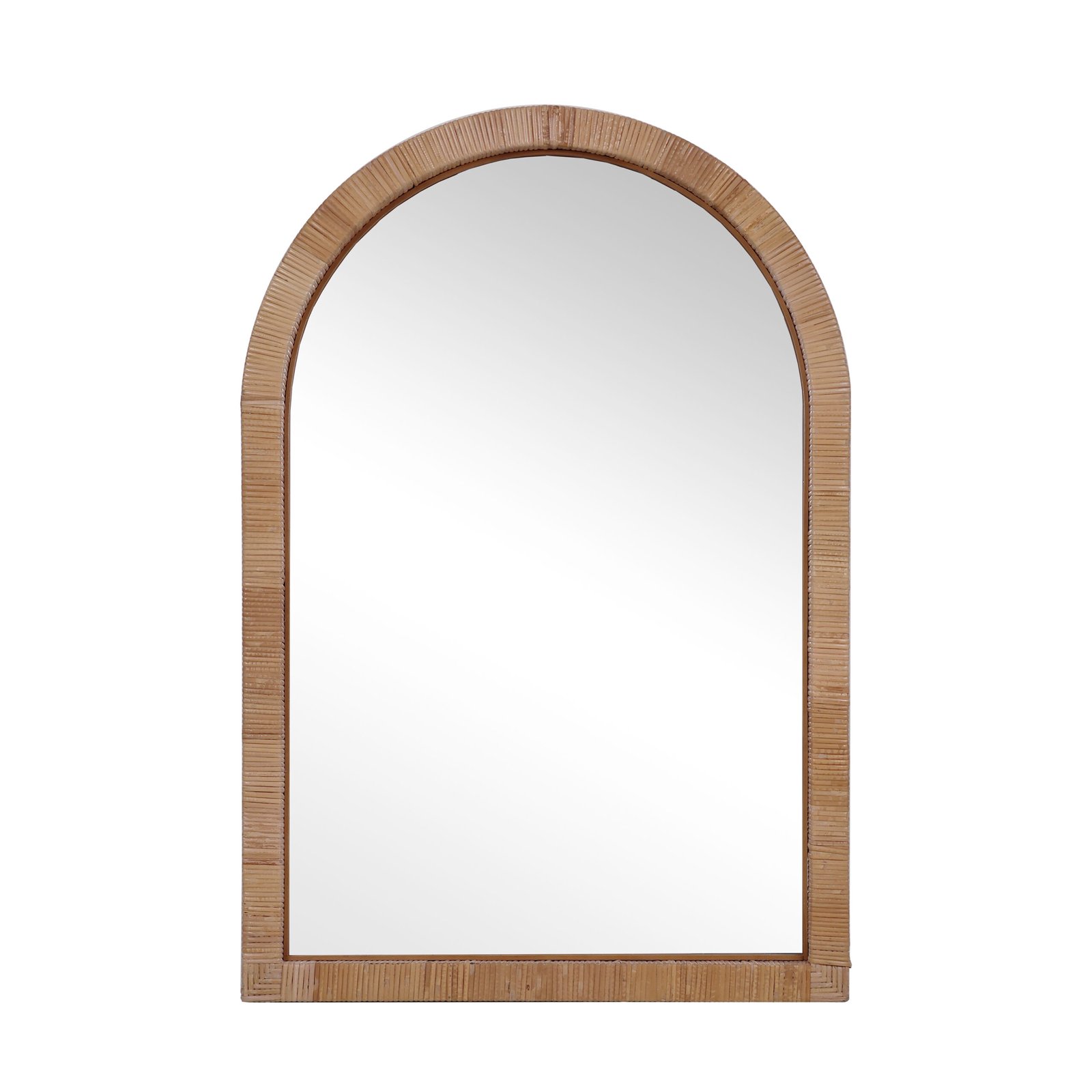
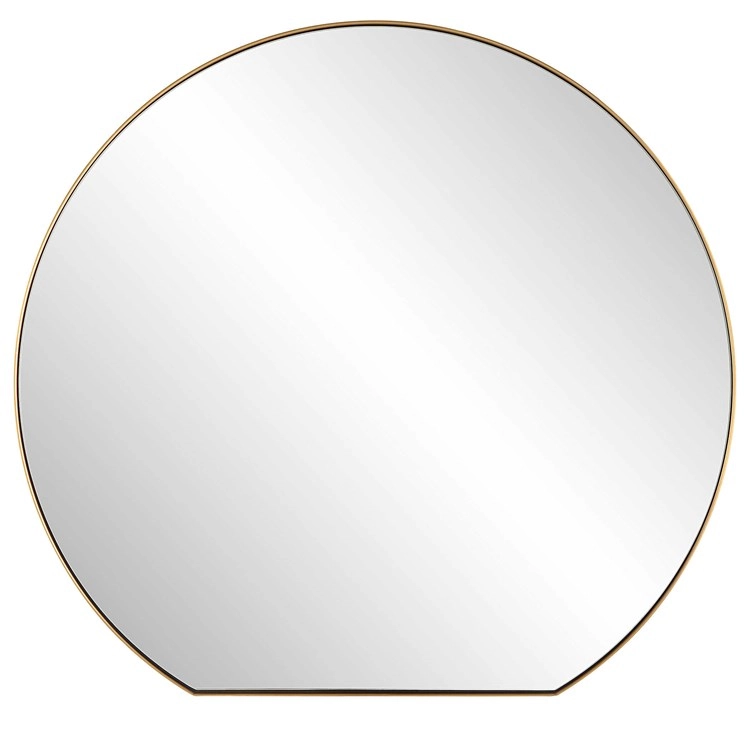
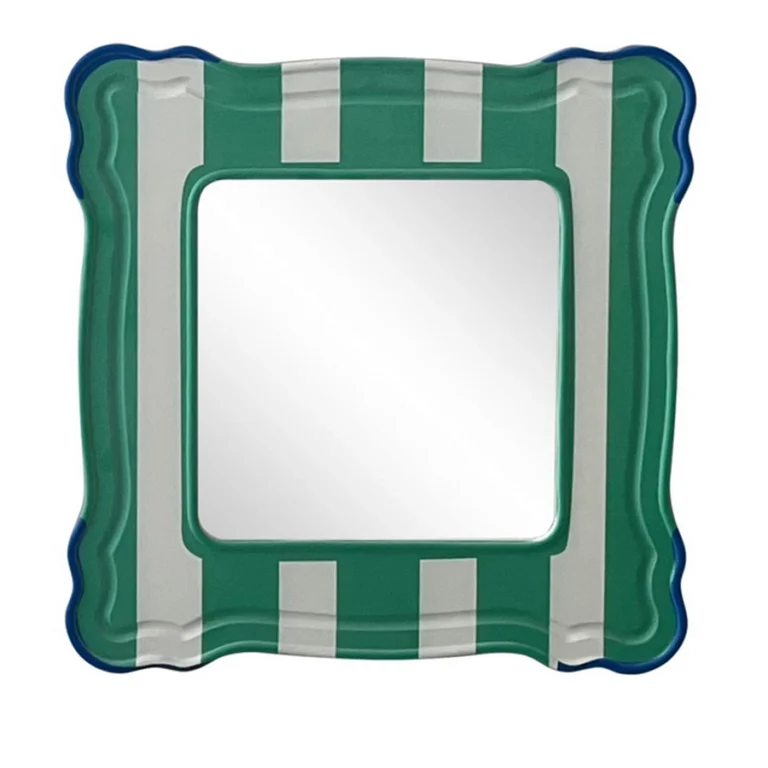
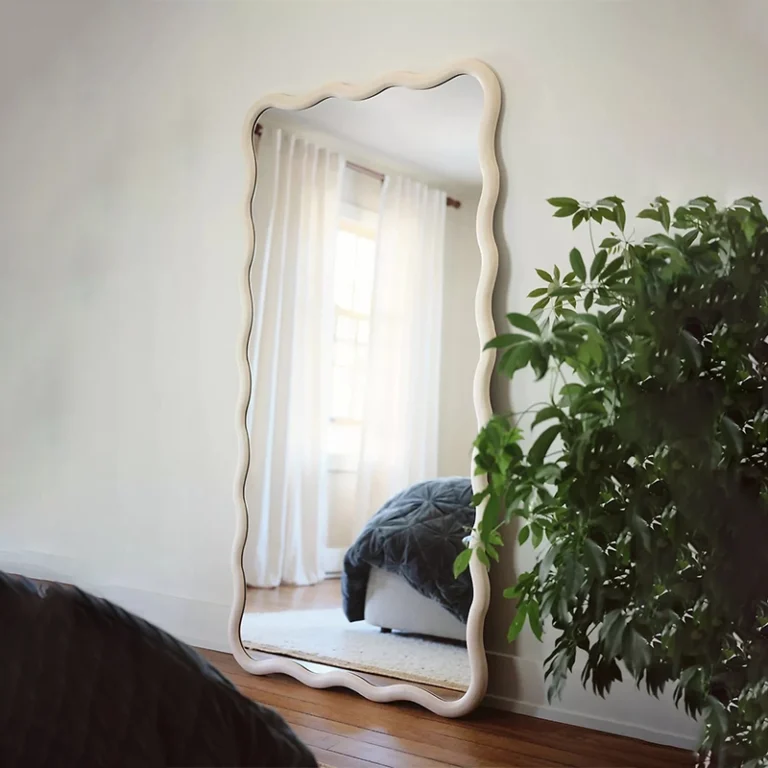
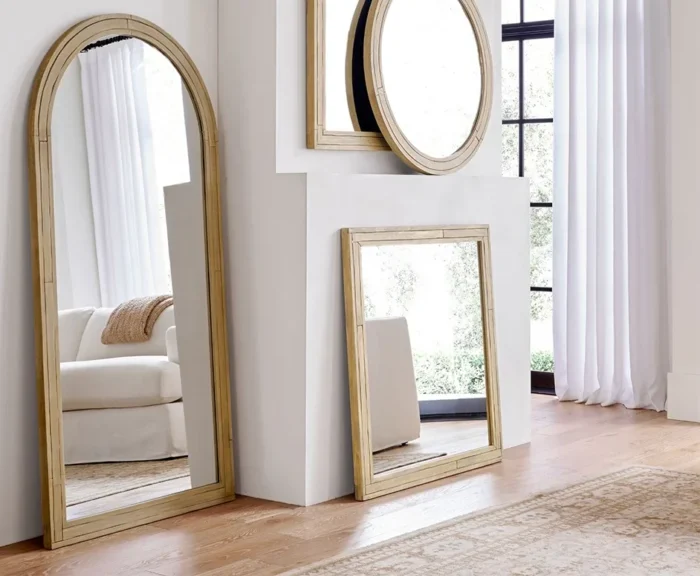
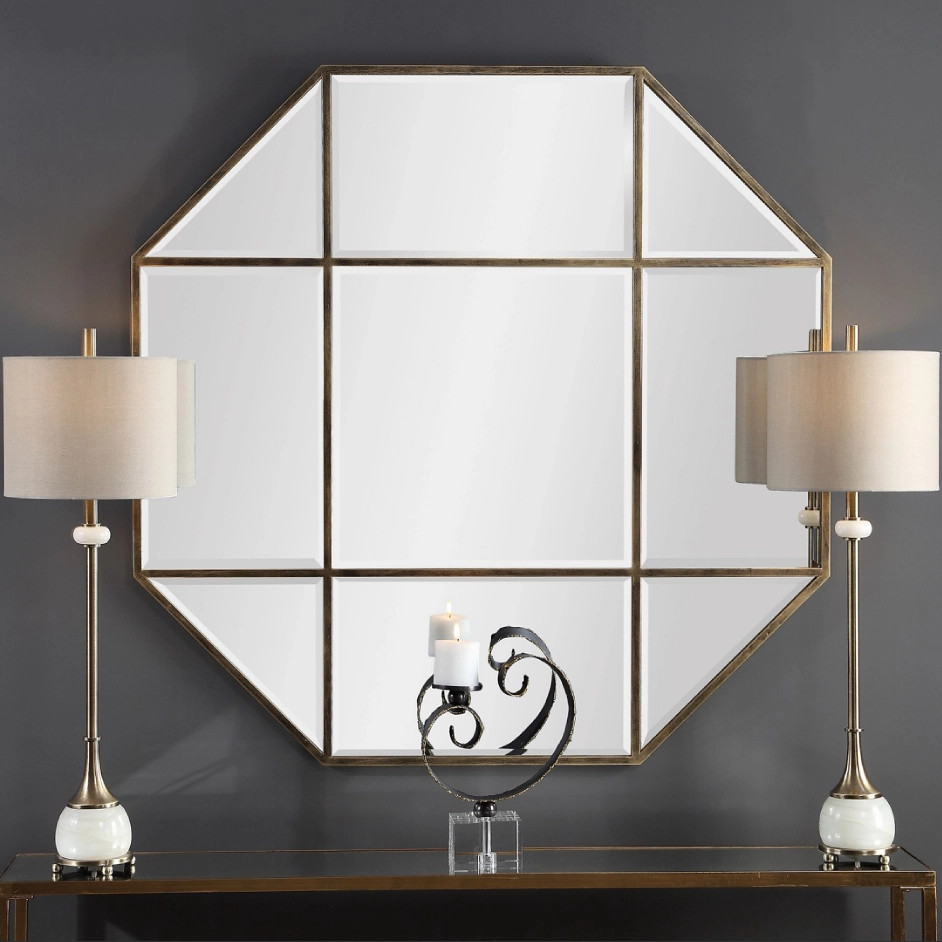
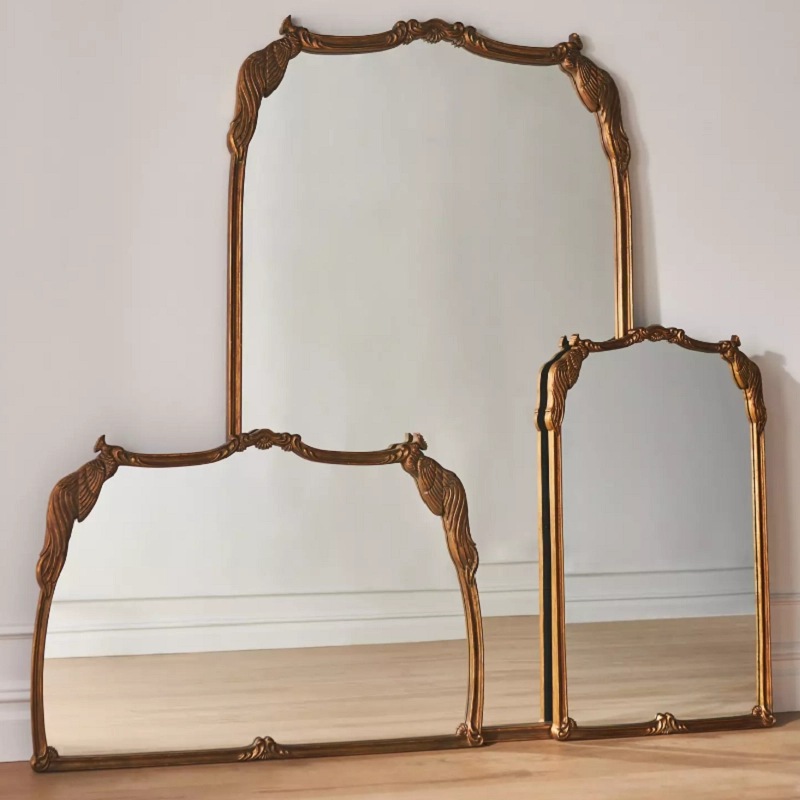
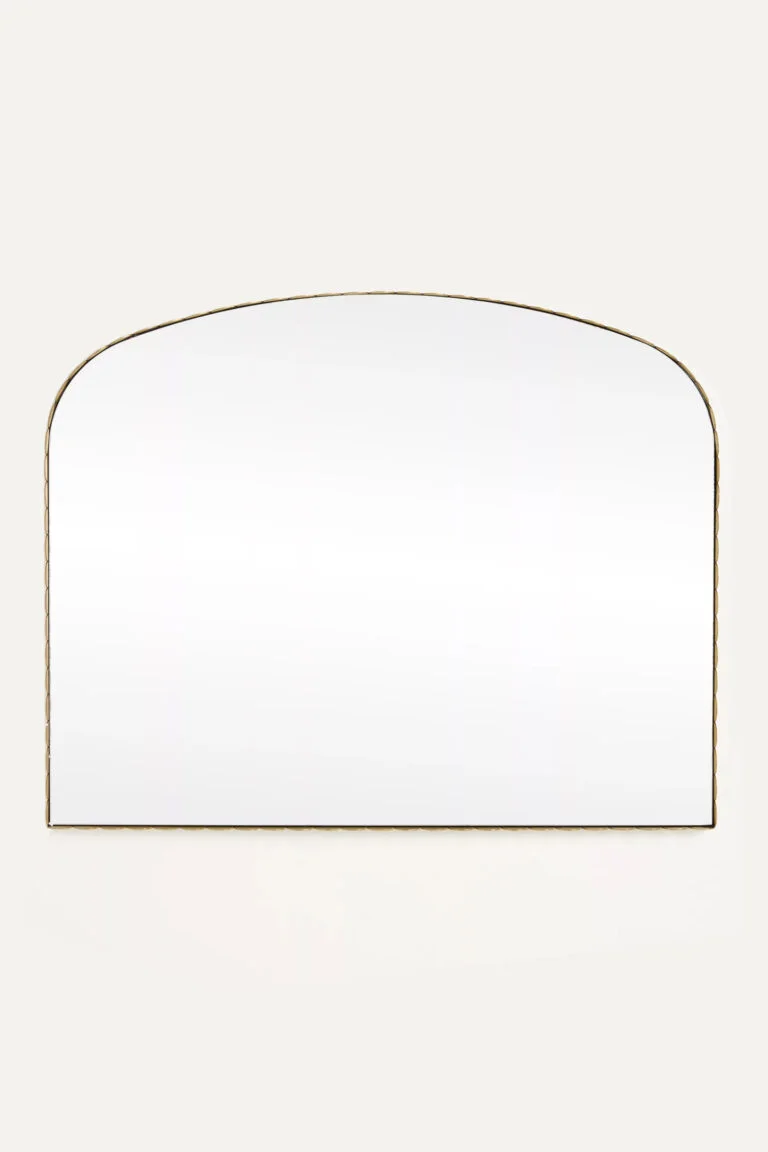
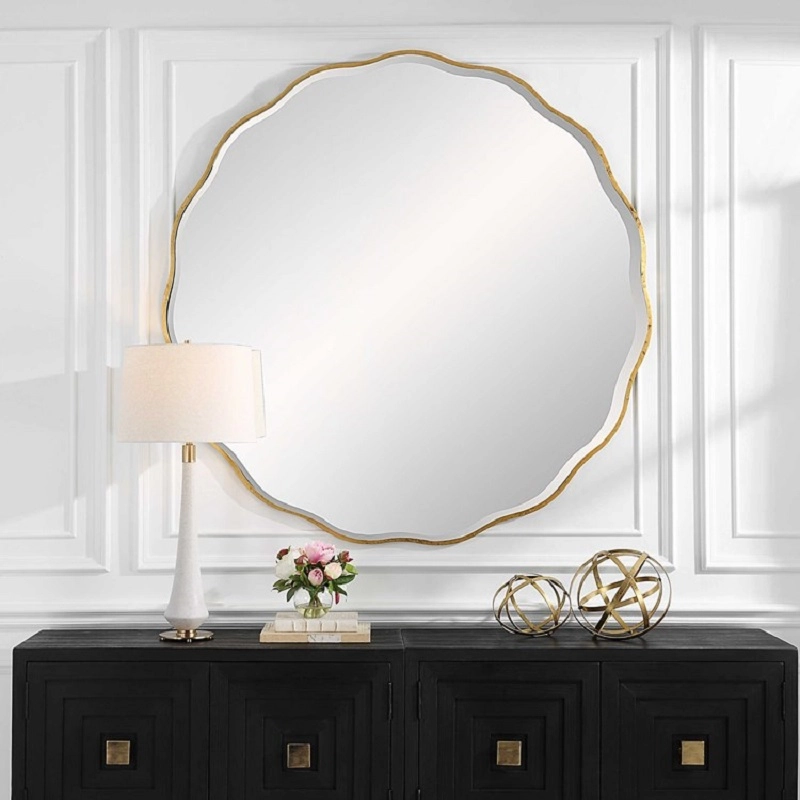
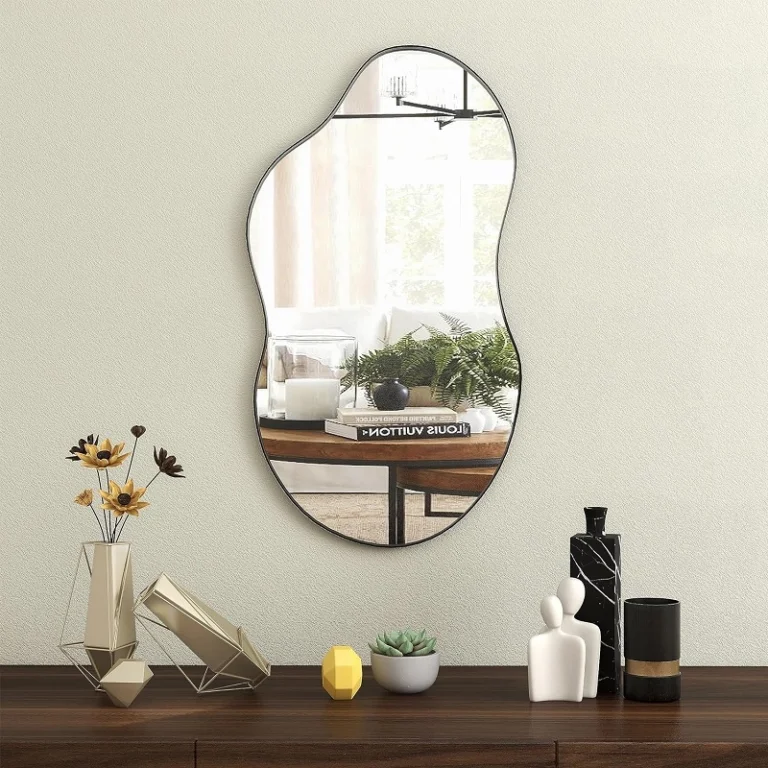
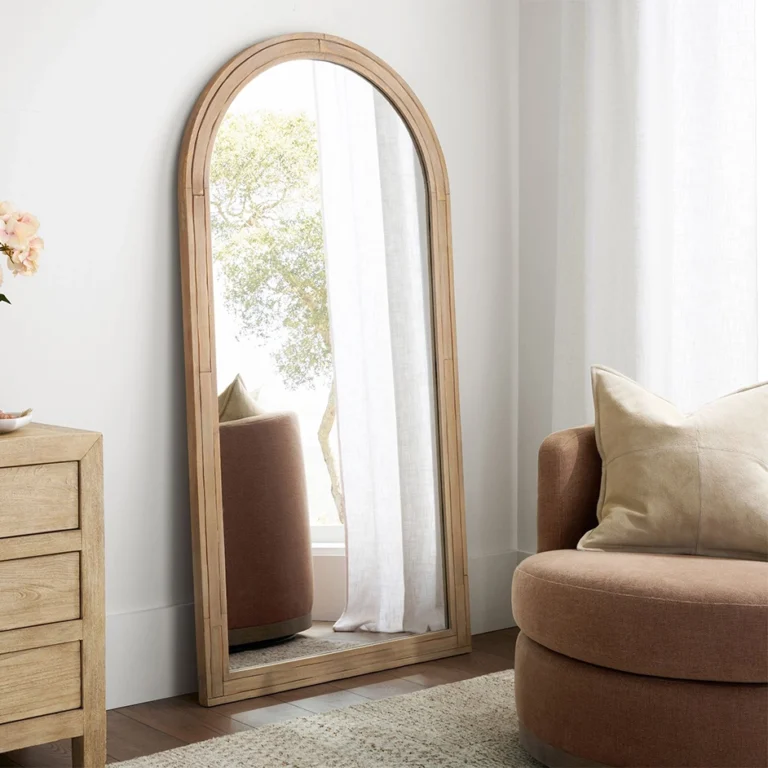


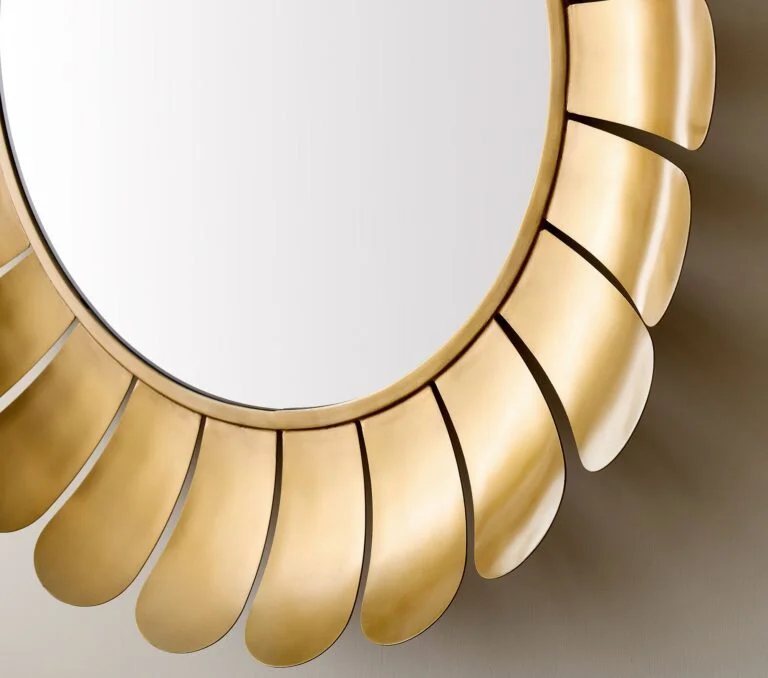
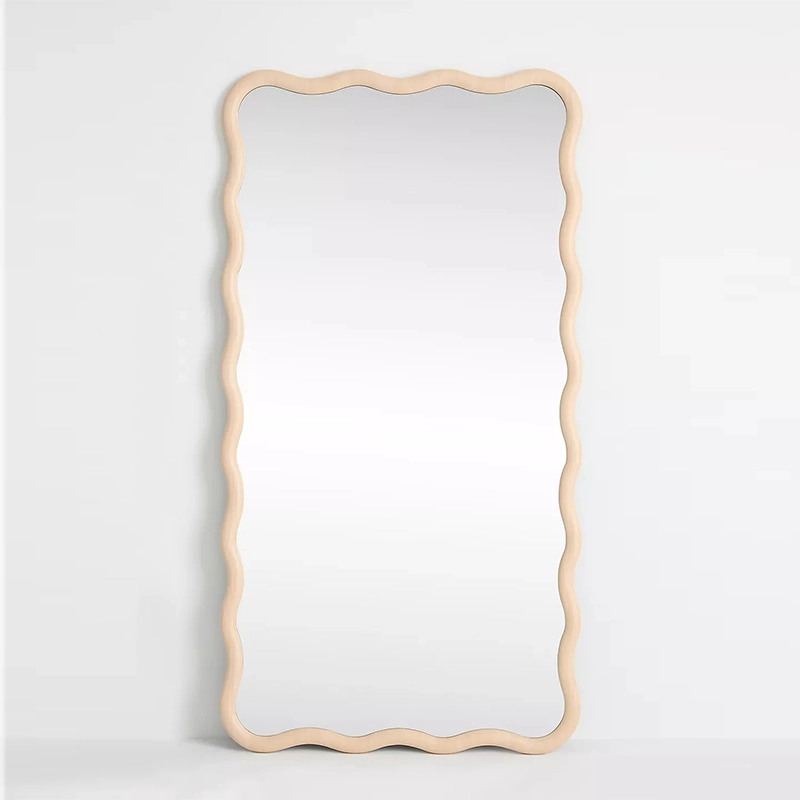
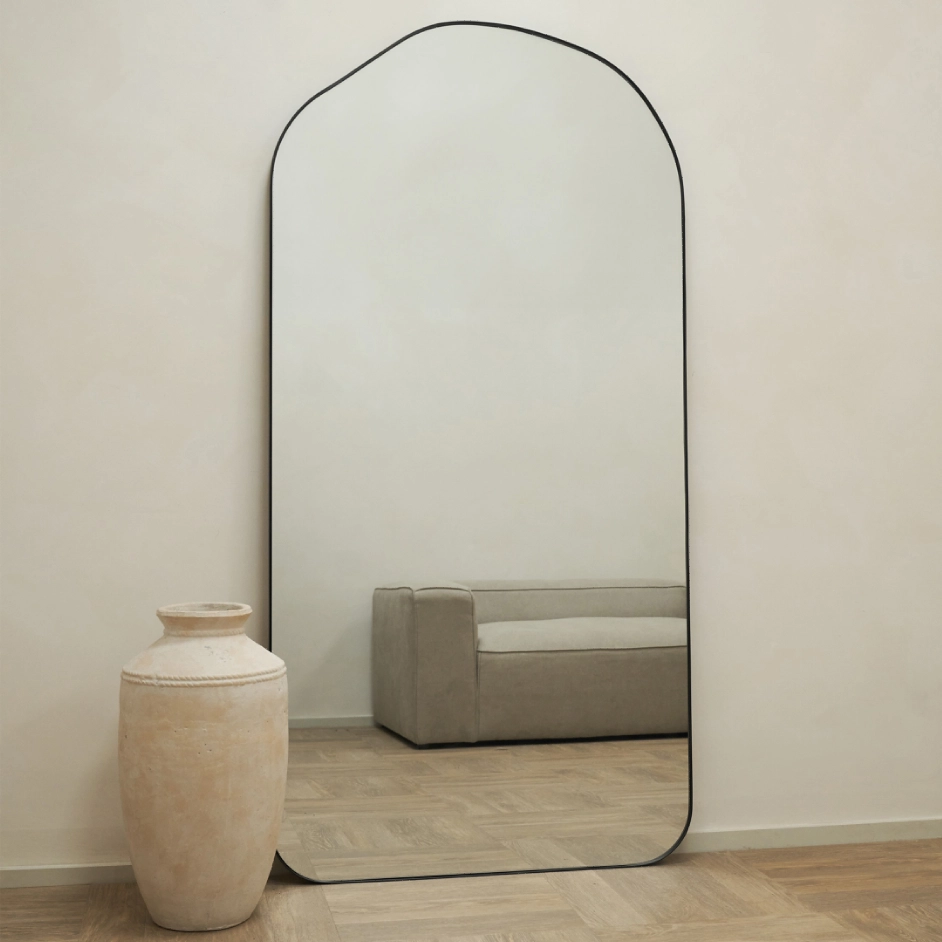
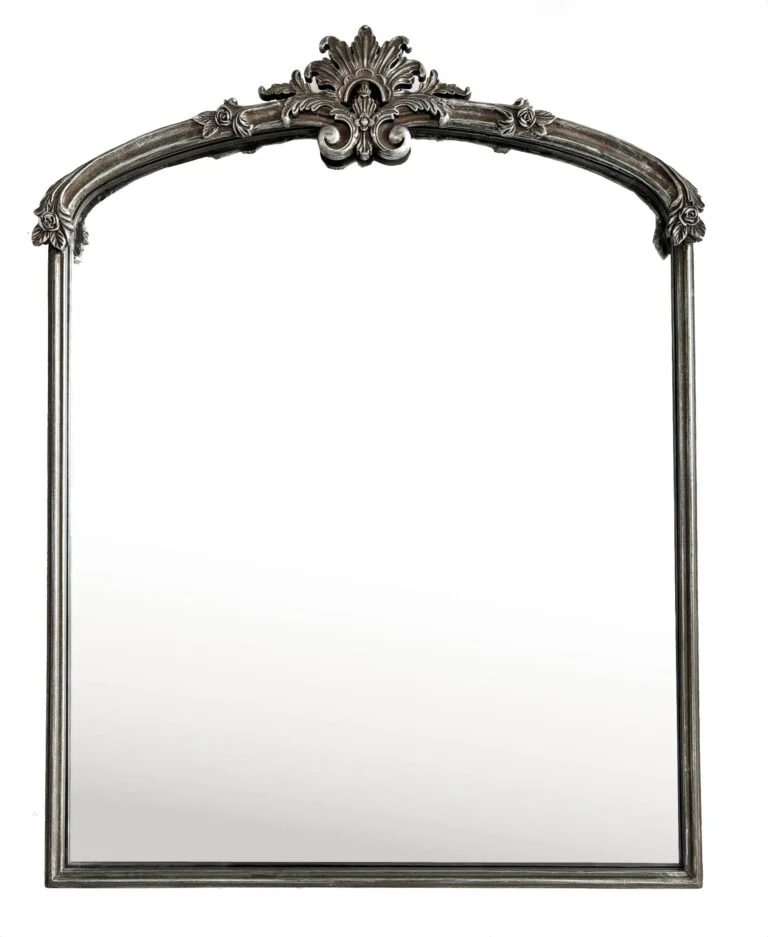
-scaled.jpg)

